FORM & FUNCTION MEET WITH ESPALIER
Espalier Goals
Espalier (es-pal-YAY) is the training of a plant, usually a fruit plant, to an orderly, two-dimensional form. The word is derived from the Old French aspau, meaning a prop, and most espaliers must, in fact, be propped up with stakes or wires. This method of training and pruning plants had its formal beginnings in Europe in the 16th century, when fruit trees were trained on walls to take advantage of the strip of earth and extra warmth near those walls.
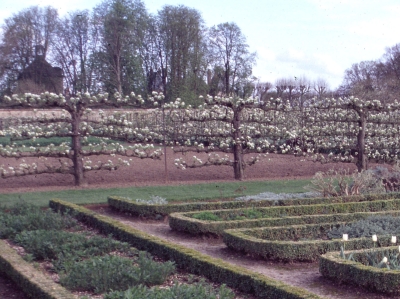
Espalier in Normandy, France
Why go to all the trouble of erecting a trellis and then having to pinch and snip a tree frequently to keep it in shape? Because a well-grown espalier represents a happy commingling of art and science, resulting in a plant that pleases eyes and, if a fruit plant, also palates. You apply this science artfully (or your art scientifically) with manipulations such as pulling exuberant stems downward to slow their growth, by cutting notches where stems threaten to remain bare, and by pruning back stems in summer to keep growth neat and fruitful. Read more

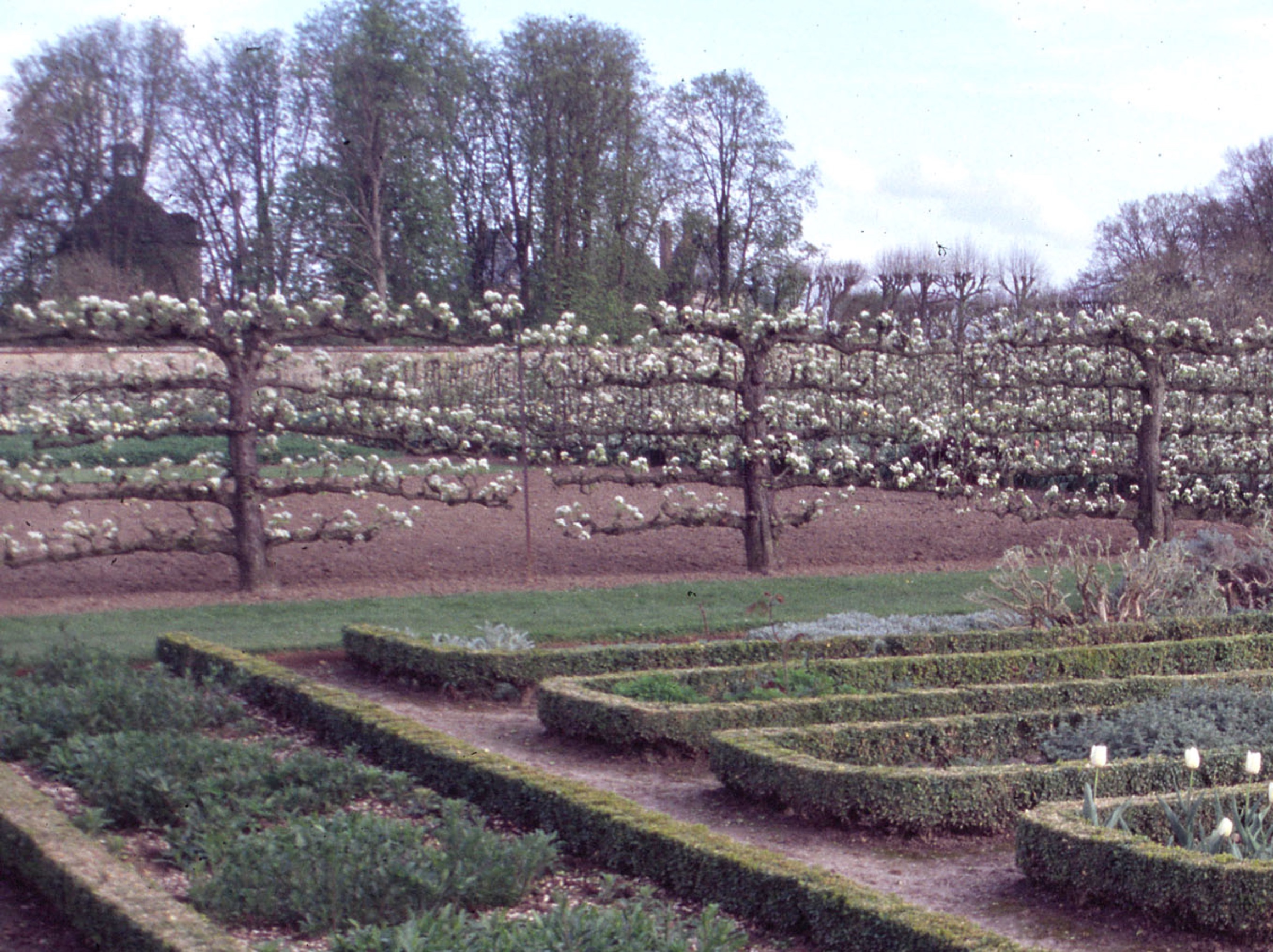
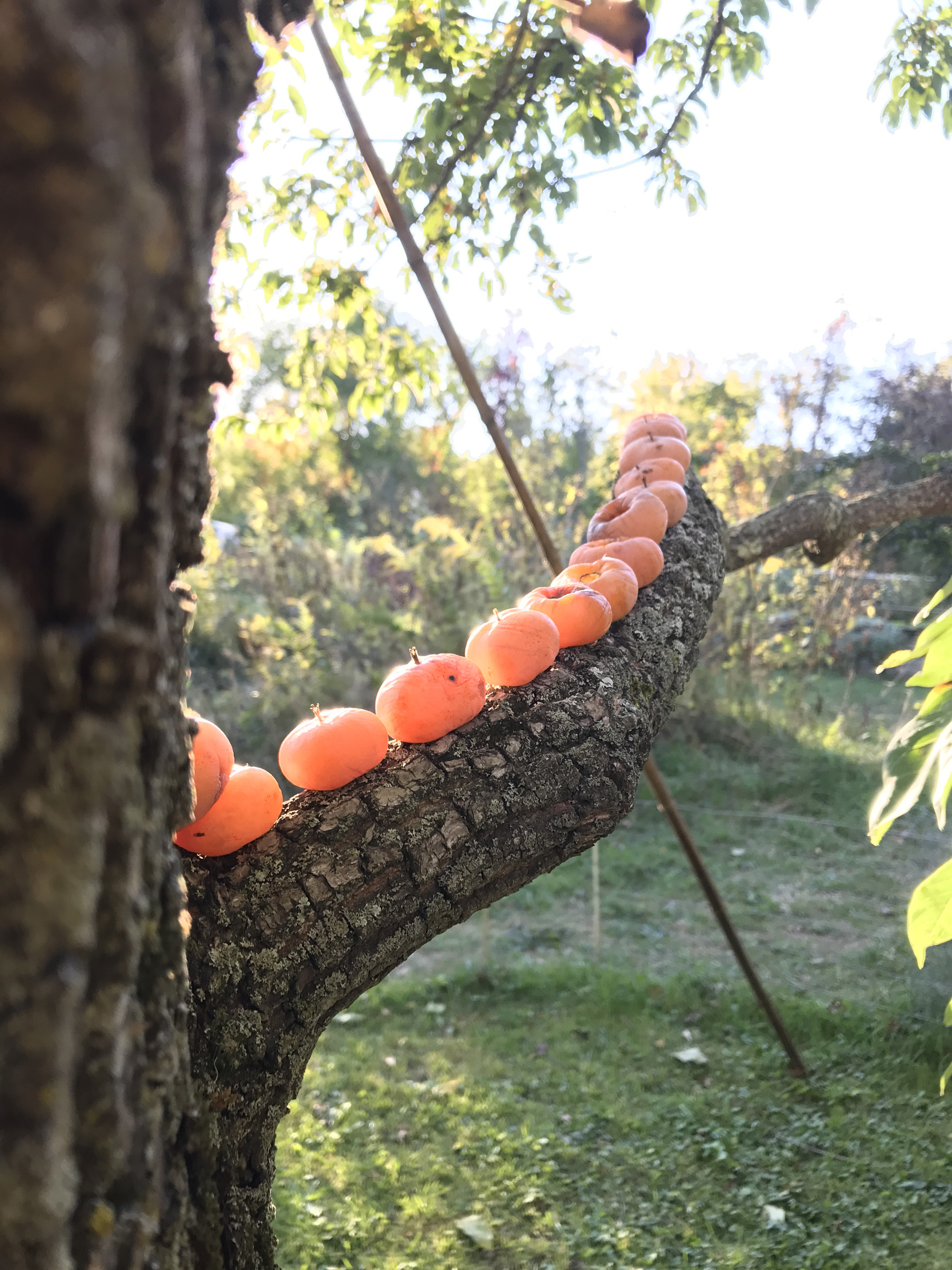
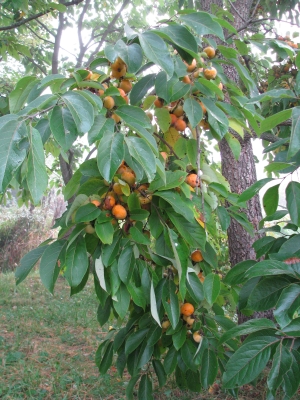
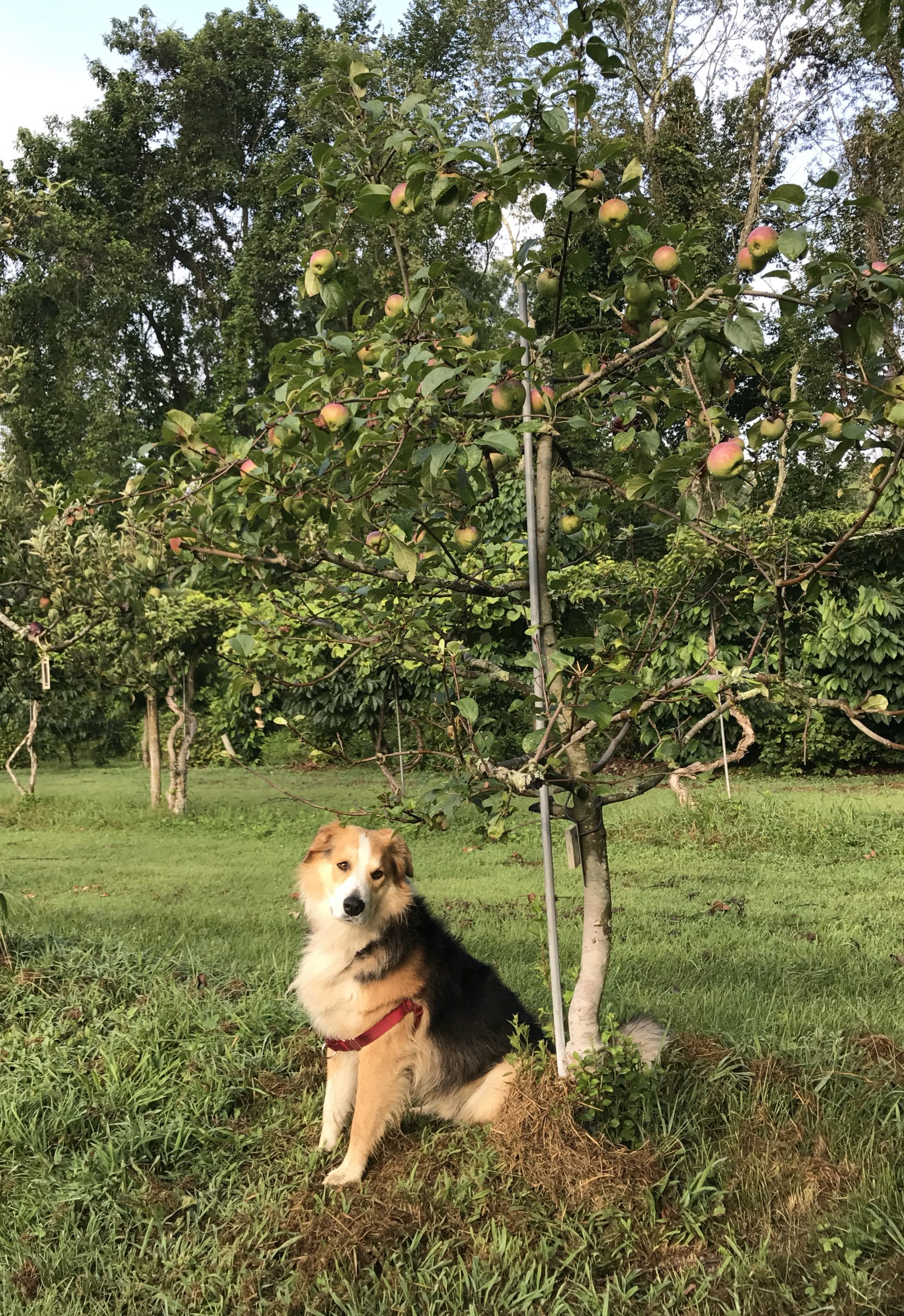
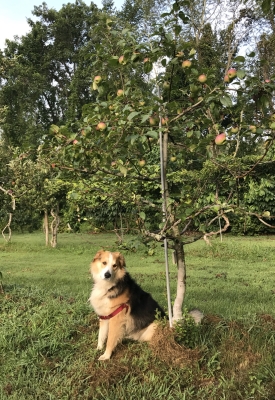

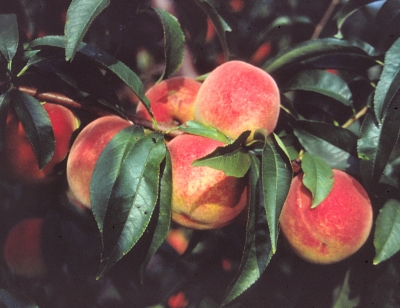
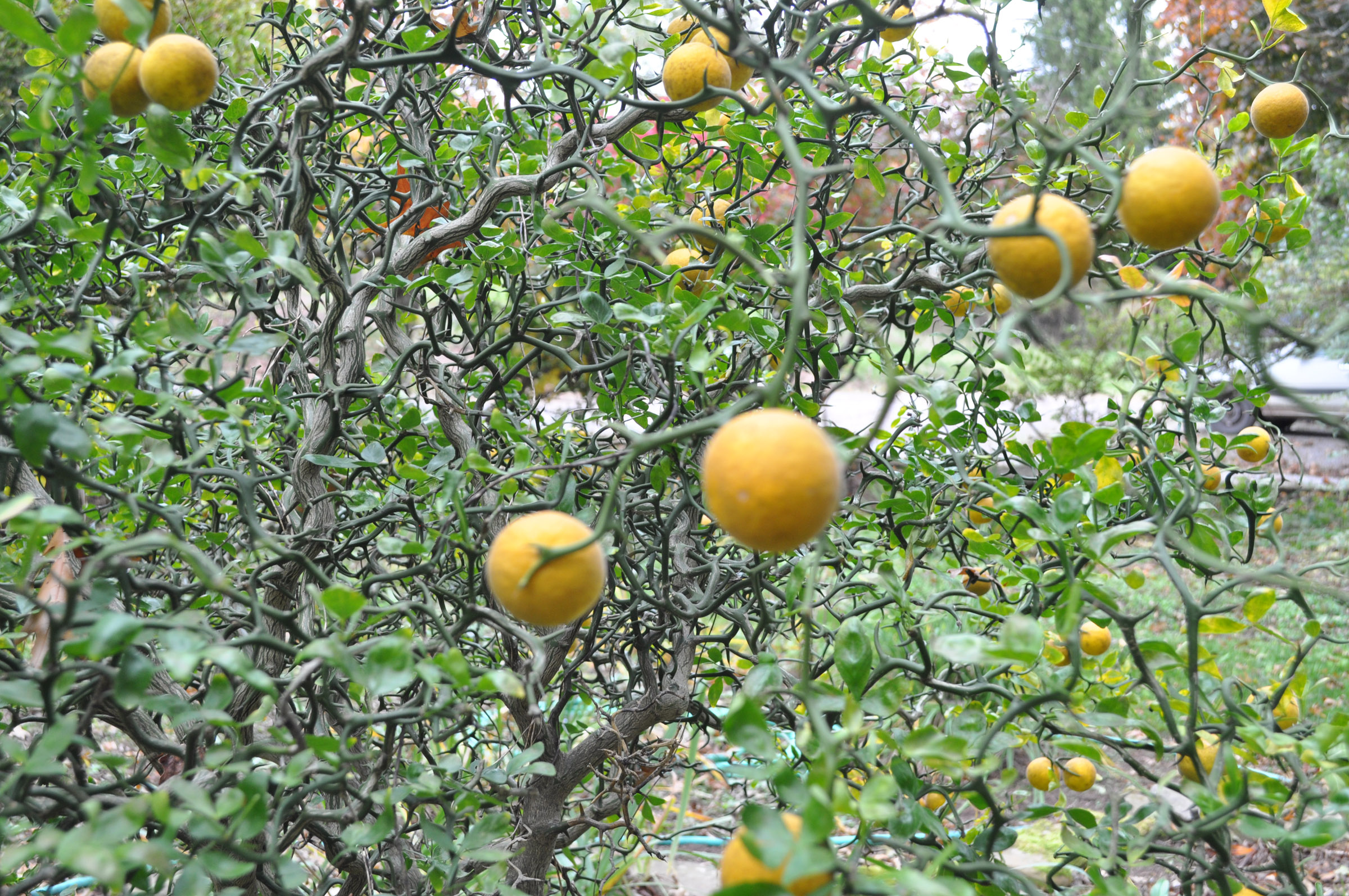
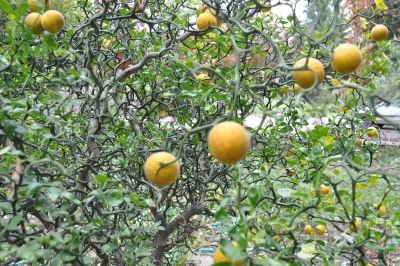 The fruits are edible but I wouldn’t bite into one; the flavor is orangish, but also sour and bitter. Perhaps I’d squeeze the pulp to add a hint of citrus flavor to some other cooked fruit or a baked good. Perhaps not.
The fruits are edible but I wouldn’t bite into one; the flavor is orangish, but also sour and bitter. Perhaps I’d squeeze the pulp to add a hint of citrus flavor to some other cooked fruit or a baked good. Perhaps not.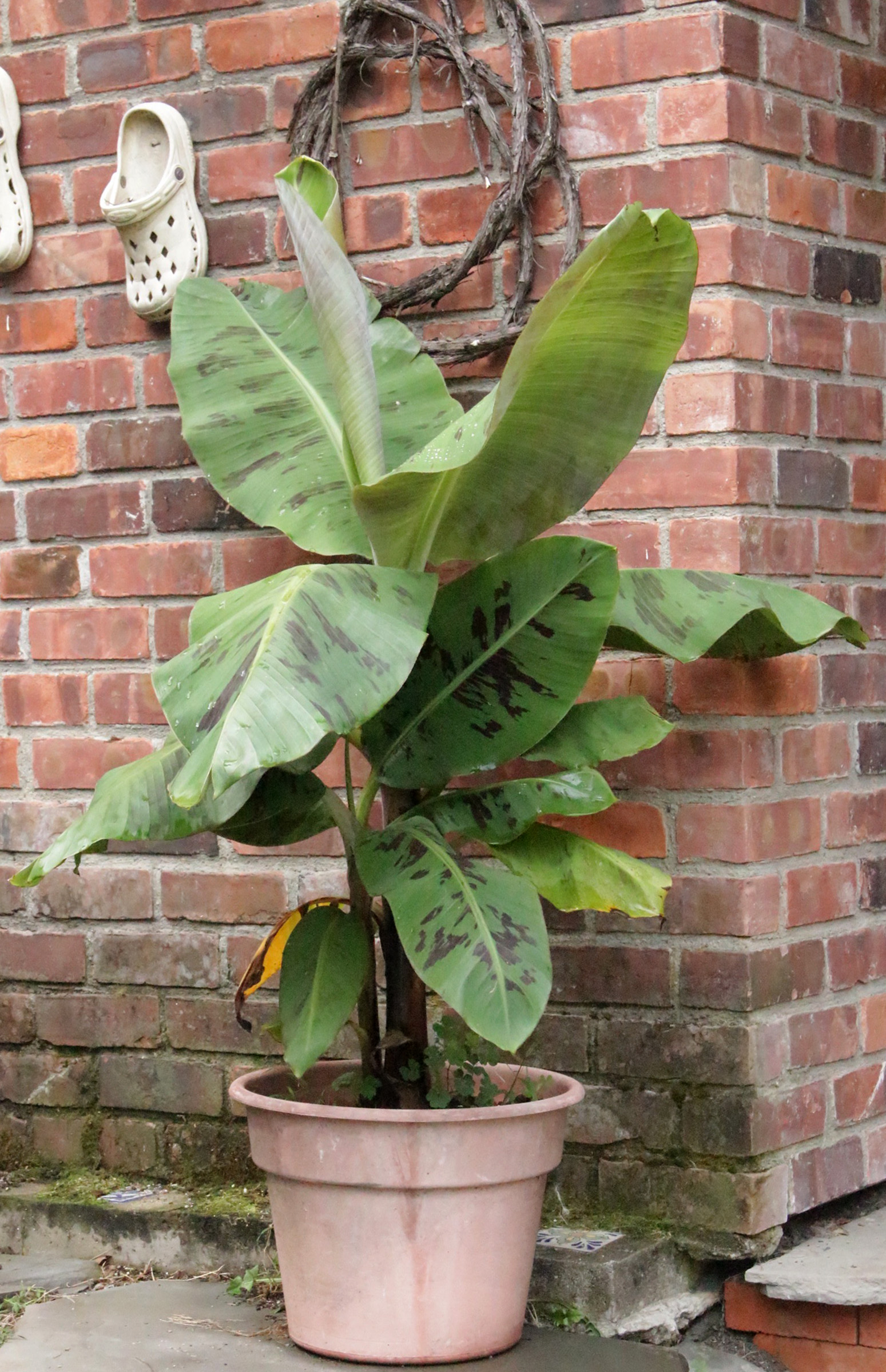
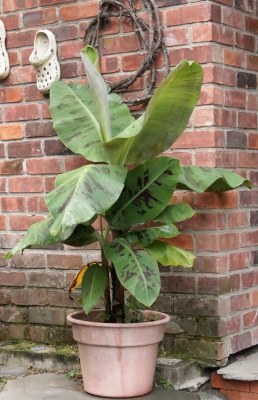
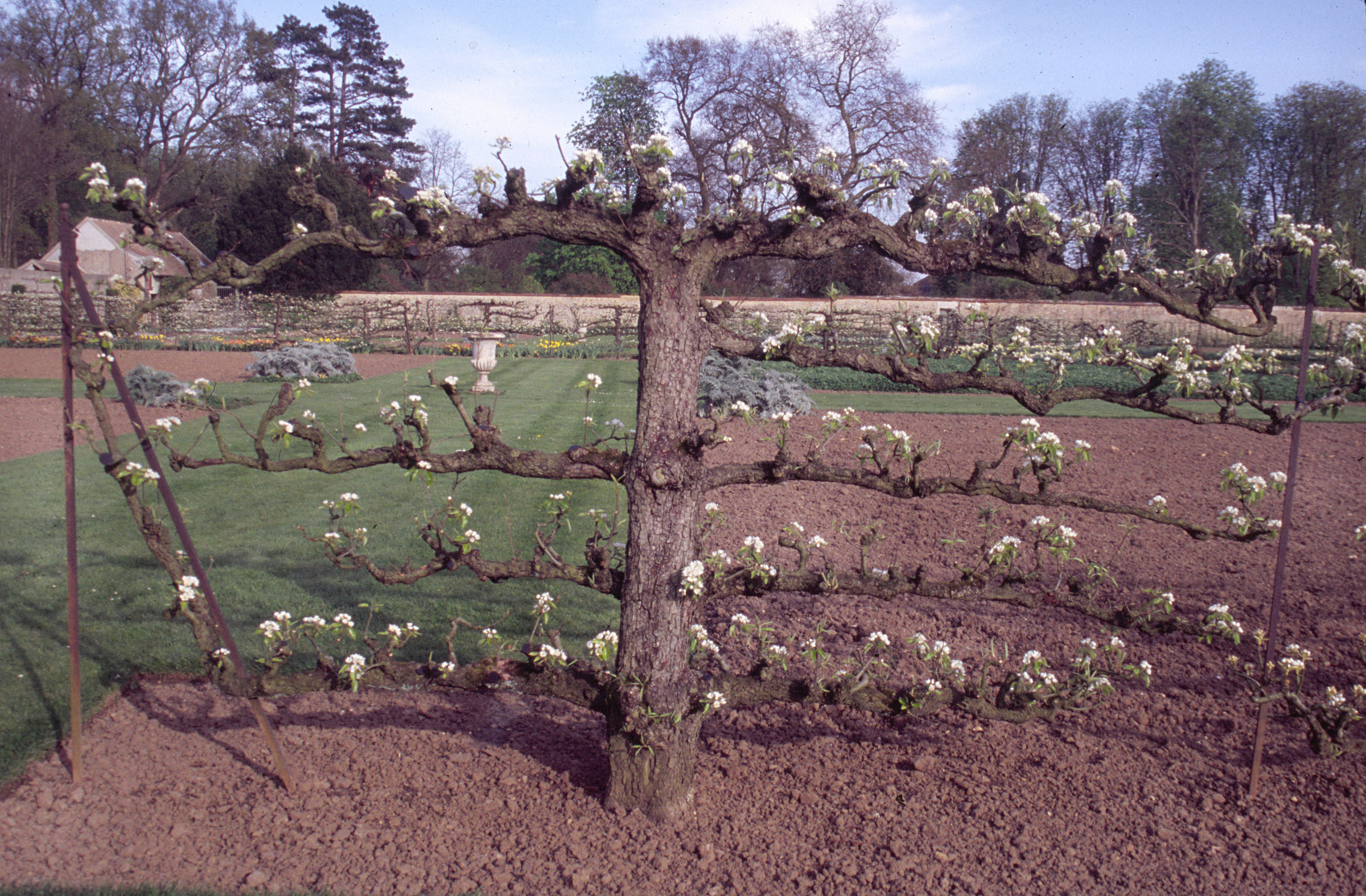
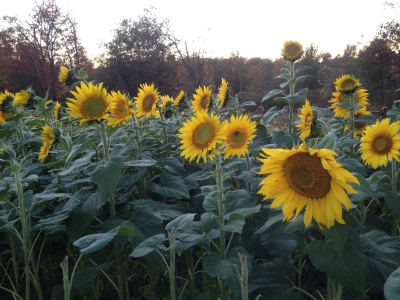 At the other extreme would be one of the shrubby species of willows that keeps sprouting side branches freely all along their growing shoots.
At the other extreme would be one of the shrubby species of willows that keeps sprouting side branches freely all along their growing shoots.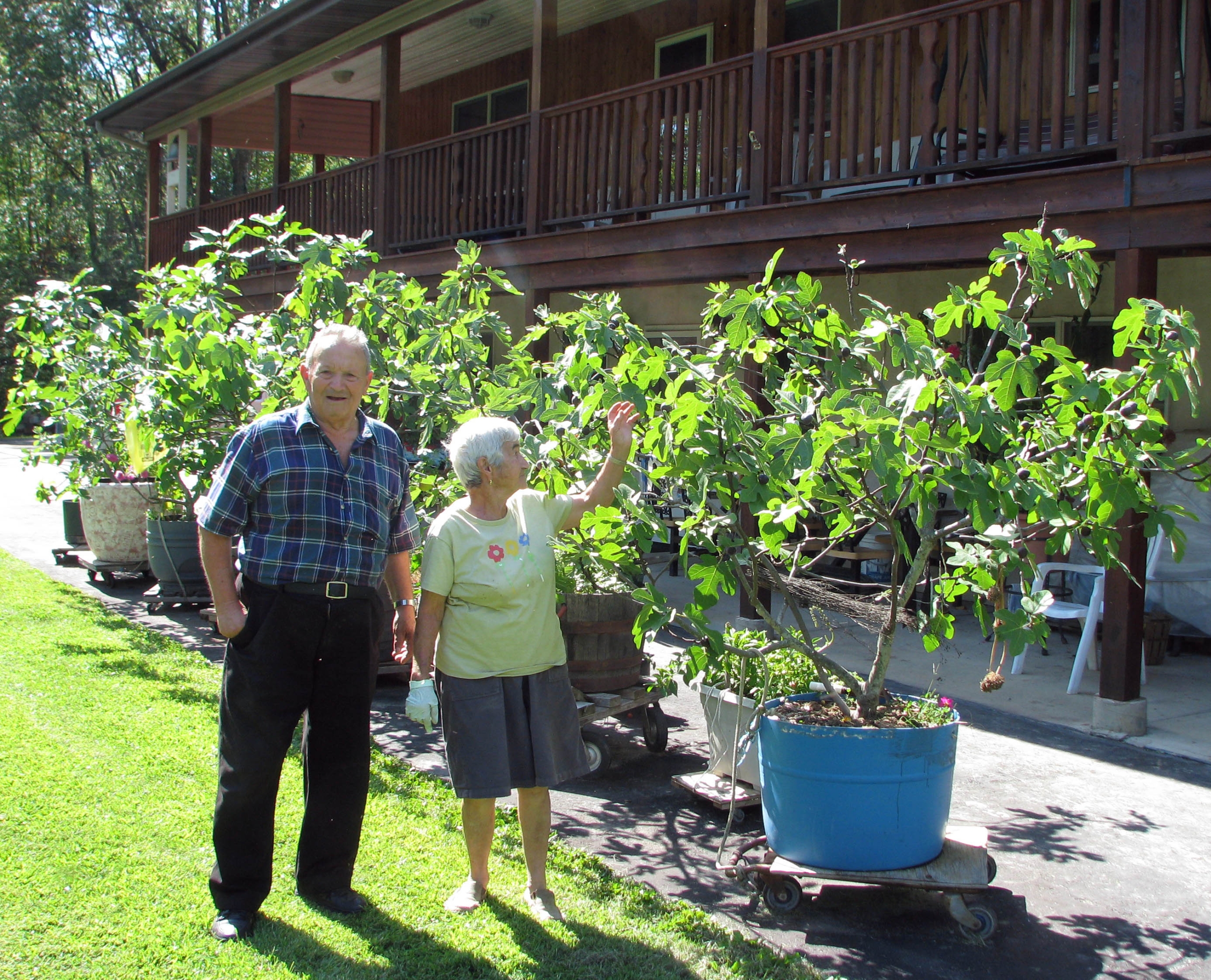
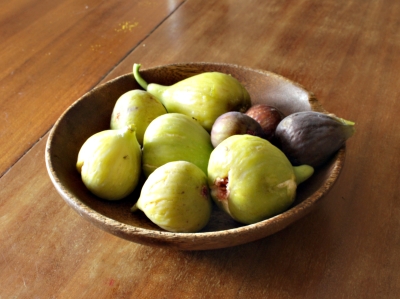
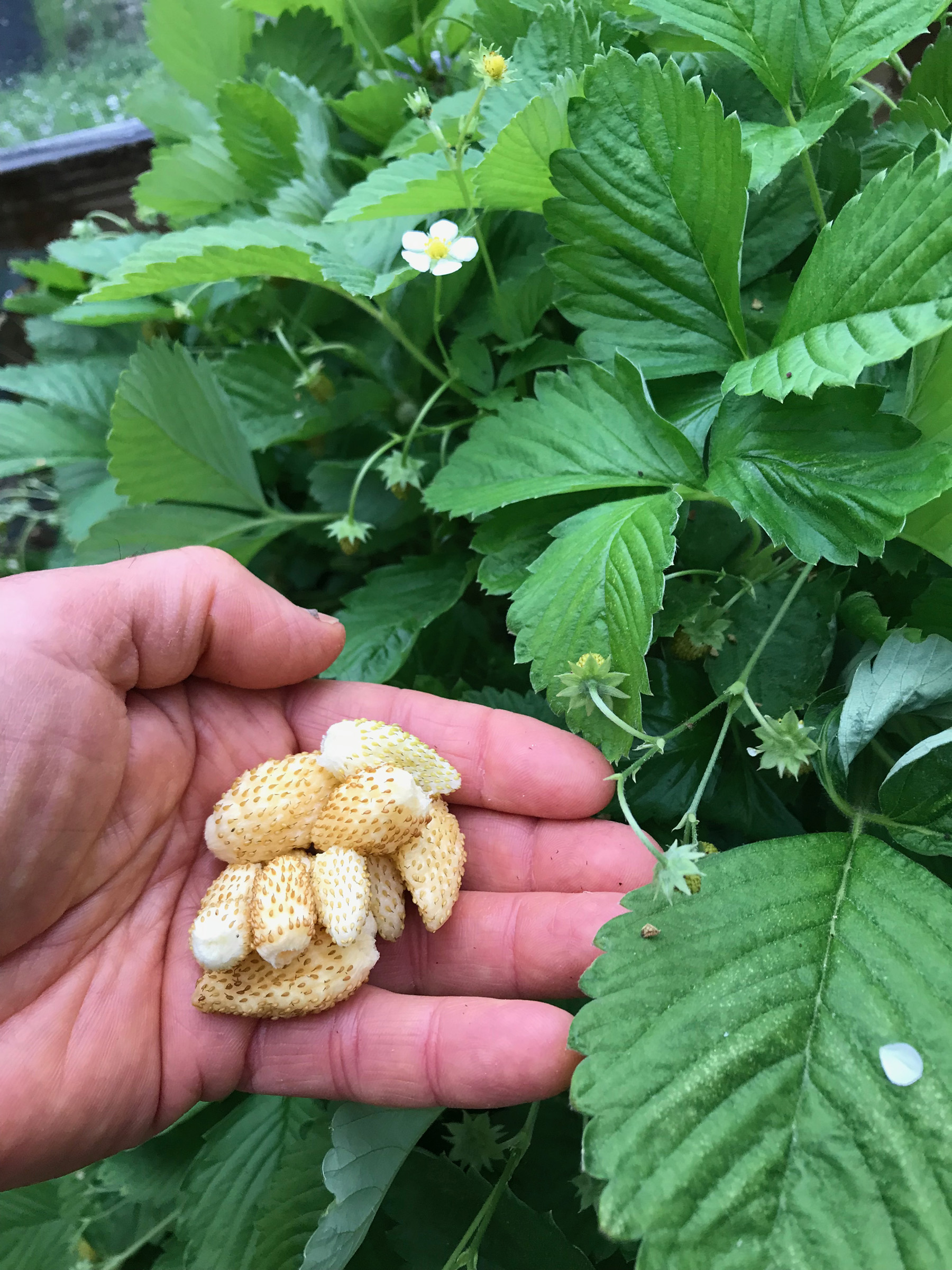
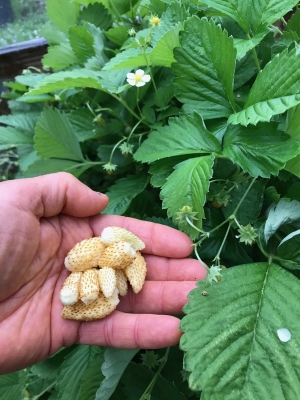
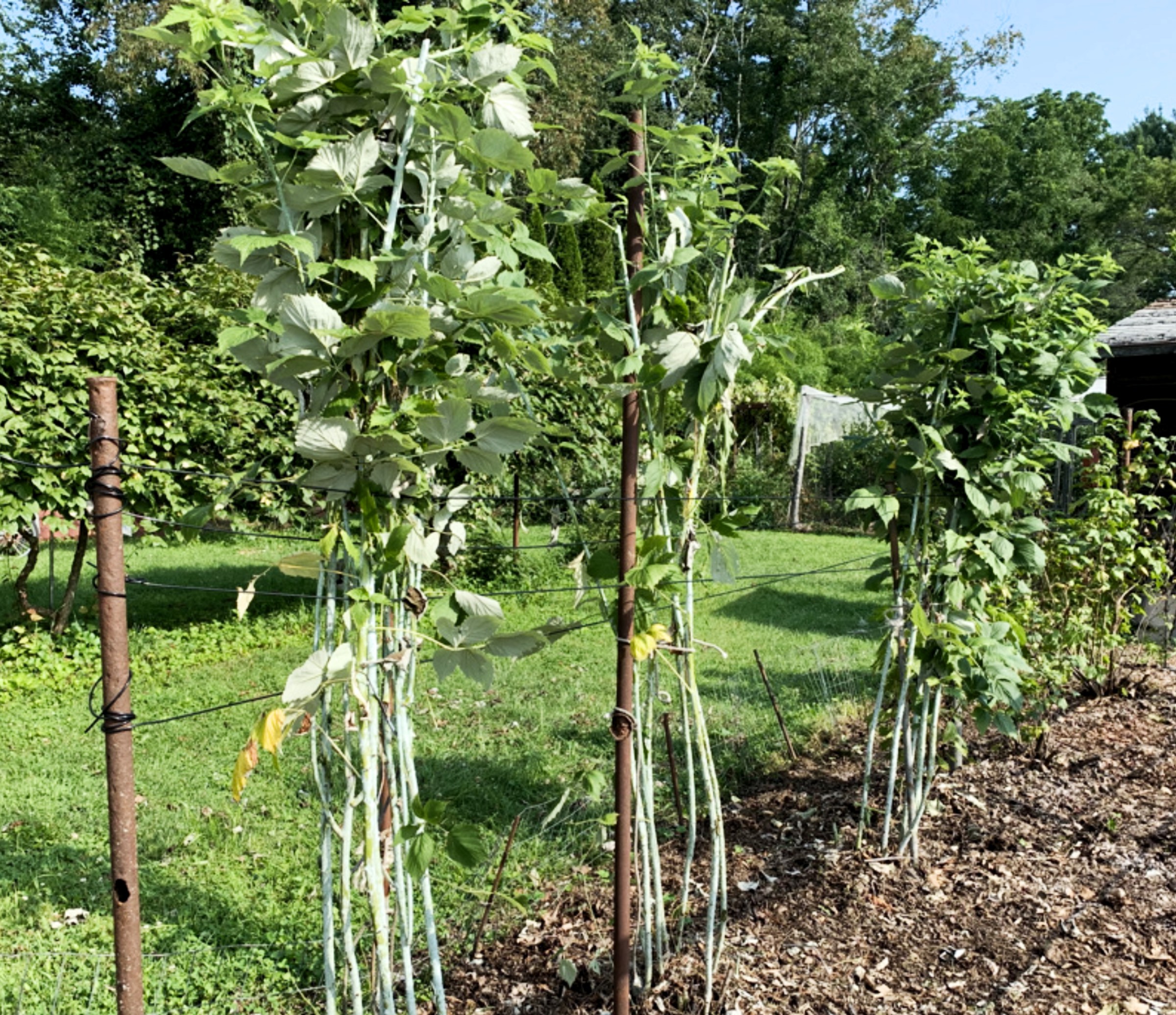
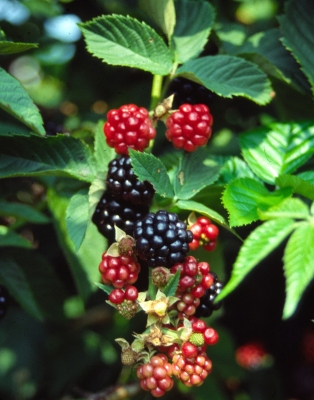 I finally gave up on Chester because winter cold would snuff out many of its canes down to ground level. If I remember correctly, surviving canes bore fruit that was too late in the season to ripen fully or in sufficient quantity.
I finally gave up on Chester because winter cold would snuff out many of its canes down to ground level. If I remember correctly, surviving canes bore fruit that was too late in the season to ripen fully or in sufficient quantity. 